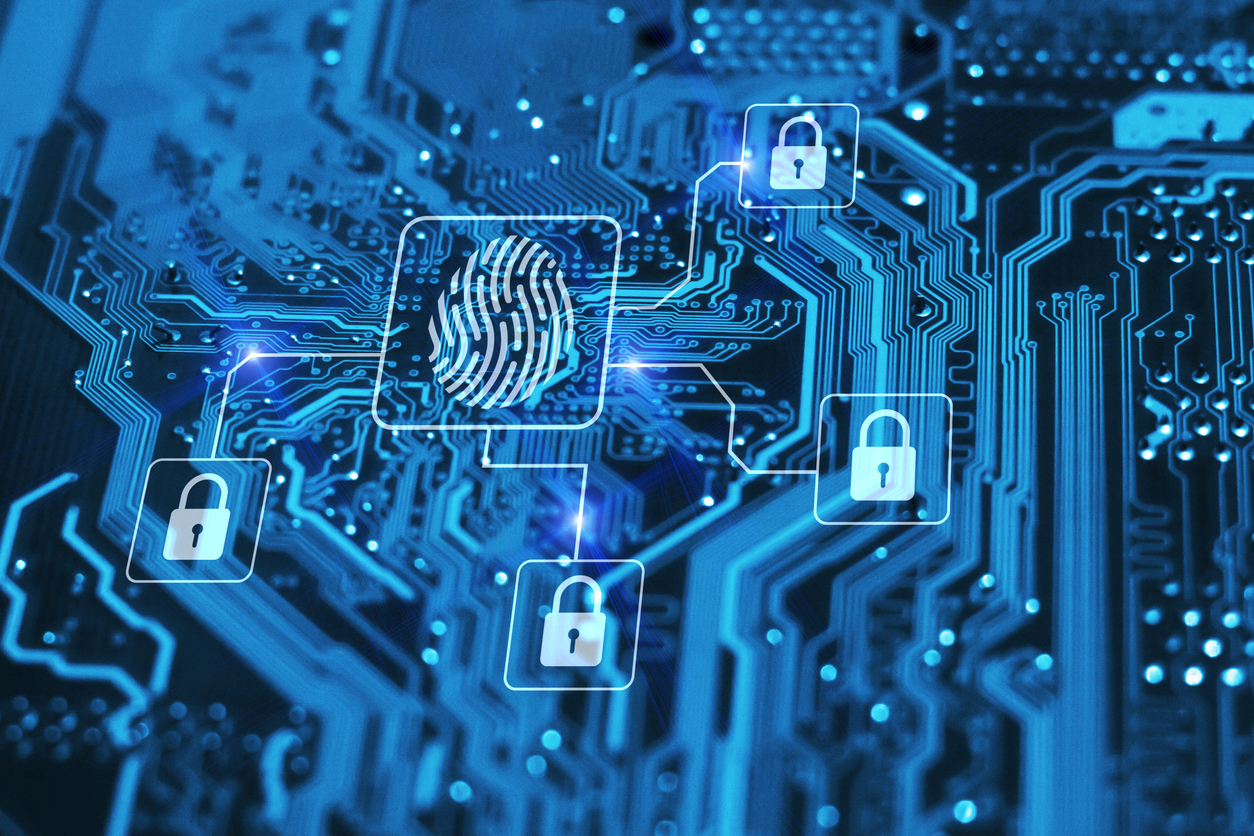Cryptocurrencies have been around for over a decade. Although they’ve yet to be widely adopted, their presence is already felt in the mainstream. This is mainly due to the popularity of Bitcoin, which is seen as a viable investment by many people. Many businesses have invested in cryptocurrencies such as Bitcoin, Ethereum, and Litecoin and use them regularly.
But the widespread use of cryptocurrencies has led to an increase in cybercrime incidents, including crypto-jacking. If you are a business owner who uses or accepts cryptocurrencies, it is important to be aware of crypto-jacking and its impact on your business. This guide shows you what crypto-jacking is, how to avoid it, and what to do if it ever happens to you.
What is cryptojacking?
Cryptojacking is a type of cyber-attack in which malicious actors use your computers or devices to mine cryptocurrencies without your permission. This could happen through malware installed on your devices without your knowledge or through malicious ads and websites that use your device’s processing power to mine for cryptocurrencies when you click on them.
Cryptojacking can slow down your devices, use up your electricity, and even damage your hardware. In some cases, crypto-jacking can cause data breaches or denial-of-service attacks. It is one of the many perils covered by cyber liability insurance, proving just how serious a threat it is.
How to avoid cryptojacking
There are ways to avoid being victimized by crypto-jacking attacks. The most important thing is to be aware of its risks and take steps to protect yourself. These steps will help you do just that:
- Include crypto-jacking prevention in your security awareness training, focusing on phishing-style efforts to install scripts on users’ PCs. Training will safeguard you if technological solutions fail, especially considering that phishing is the most common malware delivery method.
- Utilize a mobile device management (MDM) service to protect users’ devices. Bring-your-own-device (BYOD) policies make it difficult to prevent unauthorized crypto-mining. According to UnitedCorp CEO Benoit Laliberte, MDM can go a long way towards making BYOD safer and making it easier to manage apps and extensions on users’ devices.
- Keep your browser extensions up to date. This could protect you against malicious browser extensions or legitimate extensions ‘poisoned’ by cybercriminals.
- Update your web filtering software. If you encounter a website that sends crypto-jacking scripts, set your filtering software to ensure that your users do not visit it again.
- Use Endpoint security software that can detect and stop recognized crypto miners. This technology is incorporated in many Endpoint protection/antivirus software products. Even so, keep in mind that crypto-mining authors periodically modify their strategies to evade detection at the endpoint.
Of course, none of the strategies listed above are infallible. There is no silver bullet for this threat, so it’s important to take a multilayered approach.
What to do if you’re a victim of crypto-jacking
Despite your best efforts, you may still fall prey to crypto-jacking. Therefore, it is just as important to know what to do when this happens to prevent being victimized.
The most common signs that you have been crypto-jacked are unusual activity on your computer or device and high CPU usage.
If your computer or device is running slowly or behaving oddly, it may be a sign that it has been infected with crypto-mining malware.
Crypto-mining software uses up your computer or device’s processing power to mine for cryptocurrencies. This can cause your computer or device to run slowly and may even cause it to overheat. In some cases, crypto-mining software can delete important files from your device to free up space.
If you suspect that a crypto-jacking attempt has targeted you, you need to disconnect your device from the internet. This prevents the crypto-mining software from mining cryptocurrencies and spreading to other devices on your network.
After disconnecting your device, use an anti-malware program to scan for crypto-mining software and remove it. It is also advisable to run a virus scan on all of your other devices to be on the safe side.
It would be best to change all of your passwords in case the crypto-mining software has stolen them. You should contact the authorities if you suspect a crypto-jacking attack. They may ask you for information about the incident, such as when and what type of device was affected.
Cryptojacking is a serious problem that will likely become more prevalent in the future. It is important to be aware of the signs of an attack and know what to do if you’ve been victimized.
About Rodrian Insurance, Affiliate of Robertson Ryan Insurance
Rodrian Insurance, Affiliate of Robertson Ryan Insurance specializes in giving you insurance solutions that perfectly match your business and personal life. We provide insurance options that offer excellent coverage while remaining within your budget, based on a thorough understanding and assessment of your needs, circumstances, and financial capability. Find out more about how Rodrian Insurance, Affiliate of Robertson Ryan Insurance can fulfill your insurance needs. Call or text us at (262) 781-4750 or email us at info@rodrian.com.




